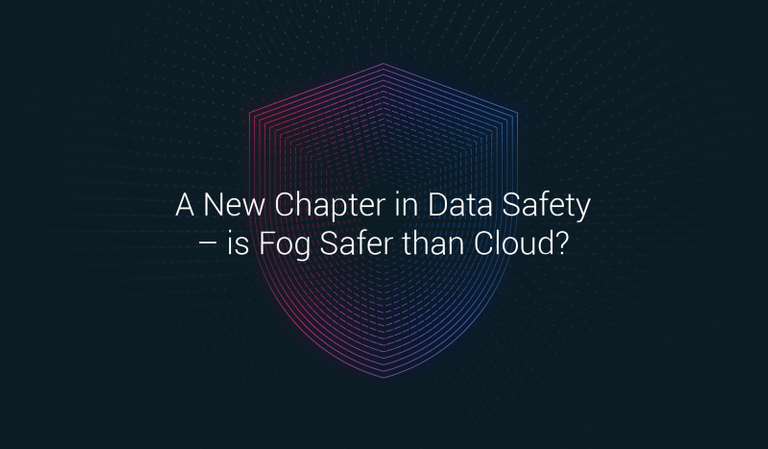
In his book ‘The Big Switch’, Nicolas Carr compares the evolution of cloud services to the distribution of electricity. Before distribution networks were introduced, most companies had to produce their own electricity. The arrival of power plants coupled with the development of distribution networks later made it possible to generalize the use of electricity through a simple connection.
Cloud has certainly arrived in a similar fashion. The evolution of data computing influenced many companies to move their data centers to third party cloud servers, whose own data centres consist of hundreds and thousands — or even millions — of servers all around the globe. Although they are optimized, these data centers do not offer transparency for they are away from users’ access; they are also limited in terms of performance and latency.
The issue that plagues the current cloud computing infrastructure is centralization. The market has slowly fell victim to the increasing monopolization. It means that the world’s data computational needs are now focused on only few data centers, which solely becomes the reason for increased costs, downtimes, and degrading security and privacy.
Imagine why service providers like Dropbox faces an outage that lasts for two long days? Or how a service like Code Space shuts it doors after its console gets hacked; its data eventually deleted? Or why the private login details and pictures of many celebrities get leaked online? It is simple to narrow these events down to one thing: The traditional cloud paradigm is flawed.
Fog Computing: Get Lower for Higher Standards
The market is in dire need of a solution that shifts the load of centralized cloud services. It should be able to disseminate the data computing load between devices, thus forming a web of distributed cloud systems for the development of real-time communication services in the cloud.
Recently, the distribution of mini data centers at the end of the network was discussed in order to be able to process the real-time data of the Internet of IoT objects or to provide mobility in a 4G network. This is called Fog Computing.
Fog Computing shifts the cloud computing paradigm and moves it to the lower level of the network. Instead of processing some task using the cloud, users can use all the devices surrounding us: personal computers, smartphones, even coffee makers and traffic lights. To be able to gather computational data from nearby servers also improve security and privacy standards, for the data becomes localised and within reach.
SONM, a project which hybridizes Fog with an open-source PaaS technology named Cocaine, helps the monitoring and searching of cloud computing services within a cluster. The project believes Fog computing can be a safer option, but when alone, it remains vulnerable to untrusted local hubs. The project developer elaborates:
“End users can always choose a hub manually according to their choice. Trust element plays a very important role in this sphere — as no corporation around the world has the technologies, which guarantee 100% data safety — neither Amazon nor DO, minor clusters or fog technologies. There is always a chance that someone dumps your traffic. Always.”
Adding that Amazon and SONM almost offer the same level of security to its users, the developer states that users can choose to trust either or neither.
“You can either trust Amazon or not. Same here: you either trust some particular hub or not. You can simply choose some of the trusted hubs or clusters and forbid data proceeding for the other hubs — as simple as that. I may decline from the topic but the problem of trust is actually the problem of all social networks overall — and the same problem exists in the blockchain sphere: banks orientate themselves on private blockchain simply as it provides corporate papers privacy.”